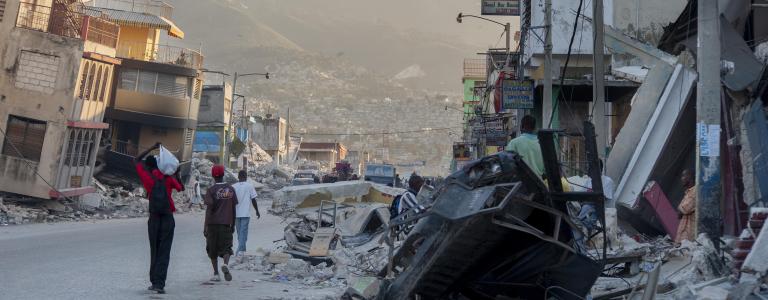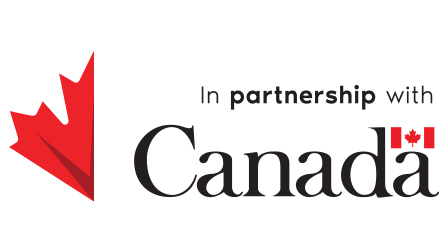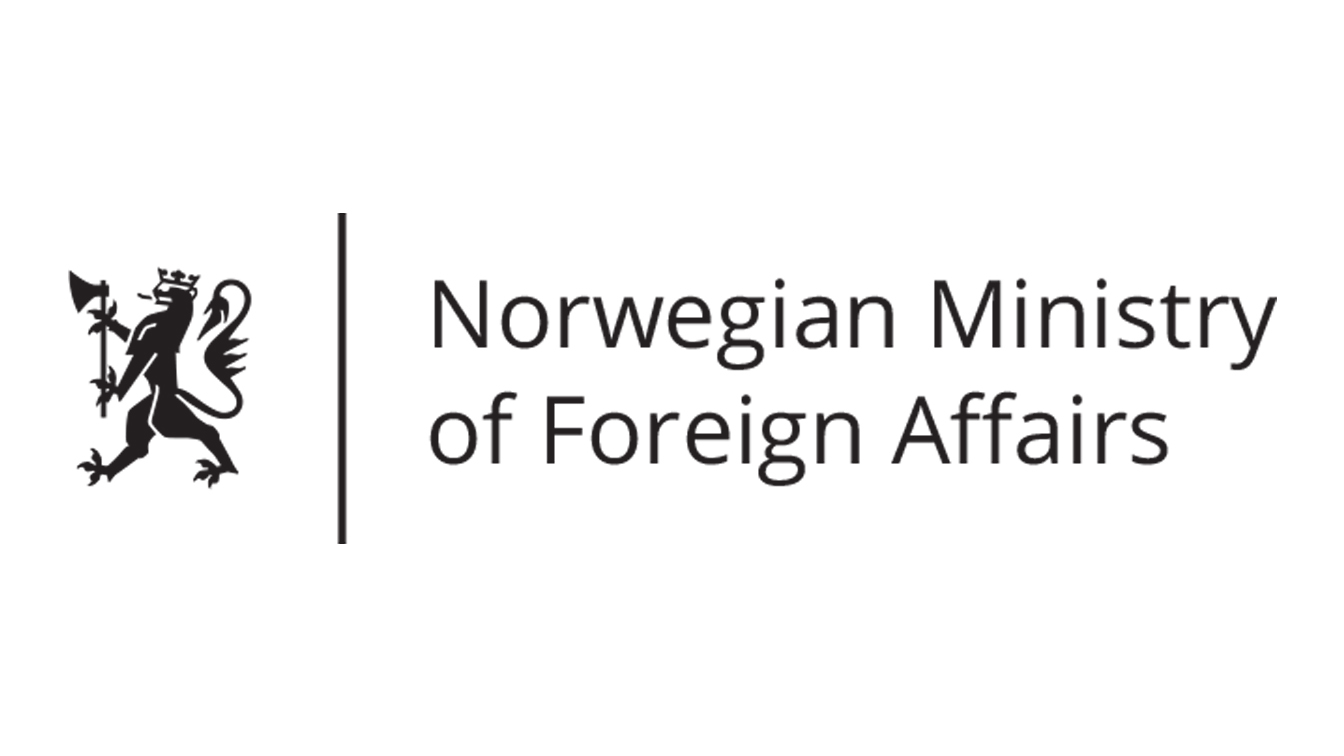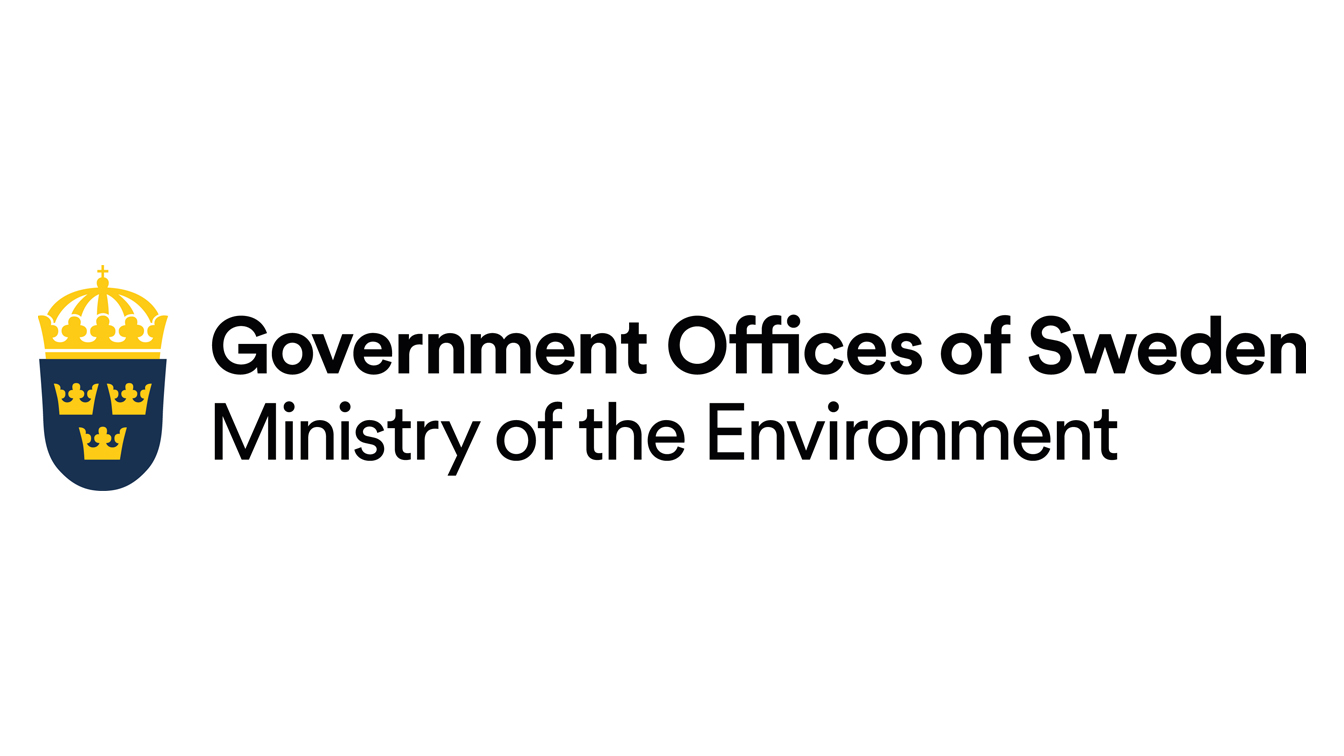Disaster Risk Reduction in an Unstable World
Still Only One Earth: Lessons from 50 years of UN sustainable development policy
Between 1970 and 2019, more than 11,000 disasters were attributed to weather, climate, and water-related hazards, accounting for more than two million deaths and USD 3.64 trillion in losses. Careful planning, early warning systems, wetlands protection and restoration, investment in infrastructure, awareness raising and education, and lowering greenhouse gas emissions can reduce disaster risk. Overall, successful disaster risk reduction requires both top-down, institutional changes and strategies and bottom-up, local, community-based approaches. (Download PDF) (See all policy briefs) (Subscribe to ENB)
In 2010, a catastrophic earthquake struck Haiti. At 7.0 on the Richter scale, the capital, Port-au-Prince, was devastated (even the Presidential Palace was not spared), leaving more than 200,000 dead. Six weeks later, an earthquake that registered 8.8 on the Richter scale struck Chile, killing nearly 1,000 people, and causing significantly less damage. The Chilean earthquake was 500 times more powerful than the one in Haiti and the sixth strongest in recorded history, while the Haiti earthquake did not even make the US Geological Survey’s list of the 20 worst earthquakes on record. However, the damage and death in Haiti was still disproportionate, given the difference in severity of the two quakes.
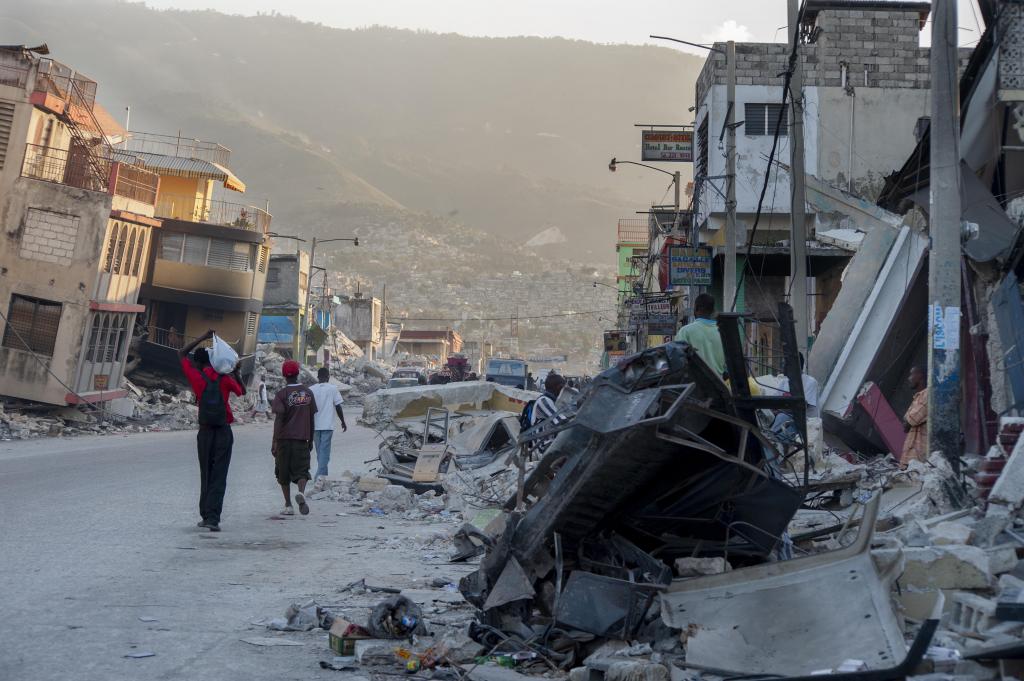
The reality is Chile was better prepared, with strict building codes enforced and government investment in sound infrastructure. Alternatively, Haiti lacked national building codes, enforcement, and the capacity to check building safety (Beam, 2010); building materials were of lower quality; and structures were built informally on slopes with “insufficient foundations or steel supports” (Chmutina et al., 2017). In Chile, marginalized communities were generally the most severely impacted; in Haiti, everyone was. The juxtaposition of the impacts and images of these events is jarring, illustrating that while the severity of the natural hazards themselves cannot be controlled, the degree of destruction and loss of life can.
Between 1998 and 2017, disasters from natural and man-made hazards killed 1.3 million people globally and impacted the lives of another 4.4 billion (UNDRR, 2020), with developing countries hit hardest. Disasters cost the global economy USD 520 billion annually (UNDRR, 2020). While some are geophysical, such as earthquakes and tsunamis, others, including floods, storms, droughts, and heatwaves, are climate related. Still others, like chemical spills, are the result of accidents caused by human error.
With temperatures rising, many of these events have become more intense and frequent, impacting communities and countries differently. Despite predicted temperature increases, the damage caused and the number of lives lost can be mitigated by proactive measures and preparation. Careful planning, early warning systems, wetlands protection and restoration, investment in infrastructure including buildings and hospitals, awareness raising and education, and lowering greenhouse gas emissions can reduce this risk.
By Failing to Prepare, We are Preparing to Fail
Benjamin Franklin once said, “By failing to prepare, you are preparing to fail.” This is particularly relevant to natural disasters. Historically, we have taken an emergency response approach to disasters only after an earthquake leveled buildings and towns or floods submerged villages. Little was done to reduce risk. While responding to disasters is obviously necessary, a shift in emphasis toward risk reduction can help mitigate damage and loss of life. It also makes economic sense. For example, in Bangladesh, every USD 1 spent on flood protection infrastructure results in USD 123 in avoided damages and reduces the likelihood of floods from 20% to 4% (WRI, 2020).
Near the end of the 20th century, the fact that disasters are not natural (even if the associated hazard is) was increasingly recognized, as was the premise that only by reducing and managing conditions of hazard, exposure, and vulnerability can losses be prevented and disaster impacts alleviated (UNDRR, n.d.). Thus, the term “disaster risk reduction” (DRR), which applies to the policy objective of anticipating and reducing risk, has become part of the lexicon.
Since we cannot reduce the severity of natural hazards, the main opportunity for DRR lies in reducing vulnerability and exposure. To do this, identifying and reducing the underlying drivers of risk are essential. Such drivers often involve poor economic and urban development choices and practice, environmental degradation, poverty, inequality, and climate change. Addressing these underlying drivers can, in addition to reducing disaster risk, mitigate the impacts of climate change and, consequently, promote sustainable development (UNDRR, n.d.).
If national and local governments ignore disaster risk, then risks accumulate, and current and future social and economic development gains are undermined. If a country or city invests in DRR, potential losses can be reduced over time and critical resources freed up to pursue development objectives. Yet, while international policy guidelines have successfully informed national DRR policies around the world, their dissemination down to the local level has faced complex political challenges, exacerbated in many areas by an increased frequency of disasters (Ogra et al., 2021). For years, the international community has tried to overcome these challenges, but it has not been easy.
The Evolution of Disaster Risk Reduction in the International Arena
The UN General Assembly began tackling disaster relief in earnest in the 1960s, when it passed a series of resolutions focused on relief in response to earthquakes in Iran and Yugoslavia, and a hurricane that hit Cuba, the Dominican Republic, Haiti, Jamaica, and Trinidad and Tobago. These events, along with droughts in Afghanistan and Ethiopia in the 1970s and 1980s, also elicited General Assembly resolutions and international responses.
In 1971, the UN established the Disaster Relief Office (UNDRO) to formalize the international response to disasters. The UN Secretary-General appointed a Disaster Relief Coordinator to promote the study, prevention, control, and prediction of natural disasters, and help advise governments on pre-disaster planning. In 1972, the United Nations Conference on the Human Environment in Stockholm, Sweden, included disaster response in Principle 9 of the Stockholm Declaration, which states that environmental deficiencies due to under-development and natural disasters could be remedied by accelerated development through financial and technological assistance, as well as developing countries’ domestic efforts. Recommendation 18 of the accompanying Action Plan called for improvements in early warning systems and disaster prevention planning.
As time passed, international conference outcomes and frameworks began to focus more on the need to reduce disaster risk, with the 1990s heralded as the International Decade for Natural Disaster Reduction. In 1989, the UN General Assembly established the International Day for Disaster Risk Reduction, marked annually on 13 October, to promote DRR awareness as well as to recognize how people and communities are reducing their vulnerability to disasters.
The 1994 Yokohama Strategy and Plan of Action for a Safer World, the first major international DRR framework, recognized the linkages between sustainable development and DRR. It provided guidelines for disaster prevention, preparedness, and mitigation. In 1999, the UN International Strategy for Disaster Reduction (UNISDR) was created. It was later renamed the UN Office for Disaster Risk Reduction (UNDRR) to coordinate the UN’s disaster reduction programmes and to better reflect its emphasis on risk.
Subsequent agreements continued to frame DRR in a more holistic manner. The 2002 Johannesburg Plan of Implementation mentioned “an integrated, multi-hazard, inclusive approach to address vulnerability, risk assessment and disaster management, including prevention, mitigation, preparedness, response and recovery.” It also outlined specific steps needed to integrate and mainstream DRR into development policies and processes.
The Hyogo Framework for Action 2005-2015: Building the Resilience of Nations and Communities to Disasters addressed the role of states and international organizations—calling on civil society, academia, volunteer organizations, and the private sector to join efforts—and supported decentralized authority and resources to promote local-level DRR. Priorities included: building institutional capacity; enhancing early warning systems; increasing understanding and awareness; reducing underlying risk drivers; and strengthening disaster preparedness.
The outcome document of the 2012 UN Conference on Sustainable Development (Rio+20)—The Future We Want—called for addressing DRR and building disaster resilience “with a renewed sense of urgency” in the context of sustainable development and poverty eradication. Among other action items, Rio+20 advocated for strategies that integrate DRR and climate change adaptation into investment and decision making, formally linking DRR and climate change.
In 2015, the Hyogo Framework for Action was superseded by the Sendai Framework for Disaster Risk Reduction 2015-2030. The emphasis shifted to “disaster risk management” as opposed to “disaster management,” again reiterating the need to focus on risk. The Sendai Framework also broadened the scope of DRR to address both natural and anthropogenic hazards and related environmental, technological, and biological risks (UNDRR, 2015). One of the Framework’s seven targets is to substantially increase the number of countries with national and local DRR reduction strategies by 2020, a prerequisite to achieving the Framework’s other targets by 2030. By August 2020, 93 countries had a national DRR strategy, while 72 had local DRR strategies in place—a 111% and 85% increase, respectively, over 2015 (UNDRR, 2020). Building capacities for creating and implementing national DRR strategies for developing countries is critical in this regard.
If we are better in disaster risk reduction, fewer people die; fewer lives and livelihoods are hampered; homes remain dry and livable; roads stay clear; bridges remain standing; power and water supplies keep working; and schools and hospitals will stay open.
The Global Platform for DRR (GPDRR), a multi-stakeholder forum first convened in 2007, is the main mechanism to review progress of the Sendai Framework. Regional DRR platforms inform the GPDRR and bring together countries in specific regions to improve coordination and implementation of DRR activities while linking to international and national efforts, including the Sustainable Development Goals, which contain 25 DRR-related targets. In fact, one could argue that without DRR we cannot achieve sustainable development.
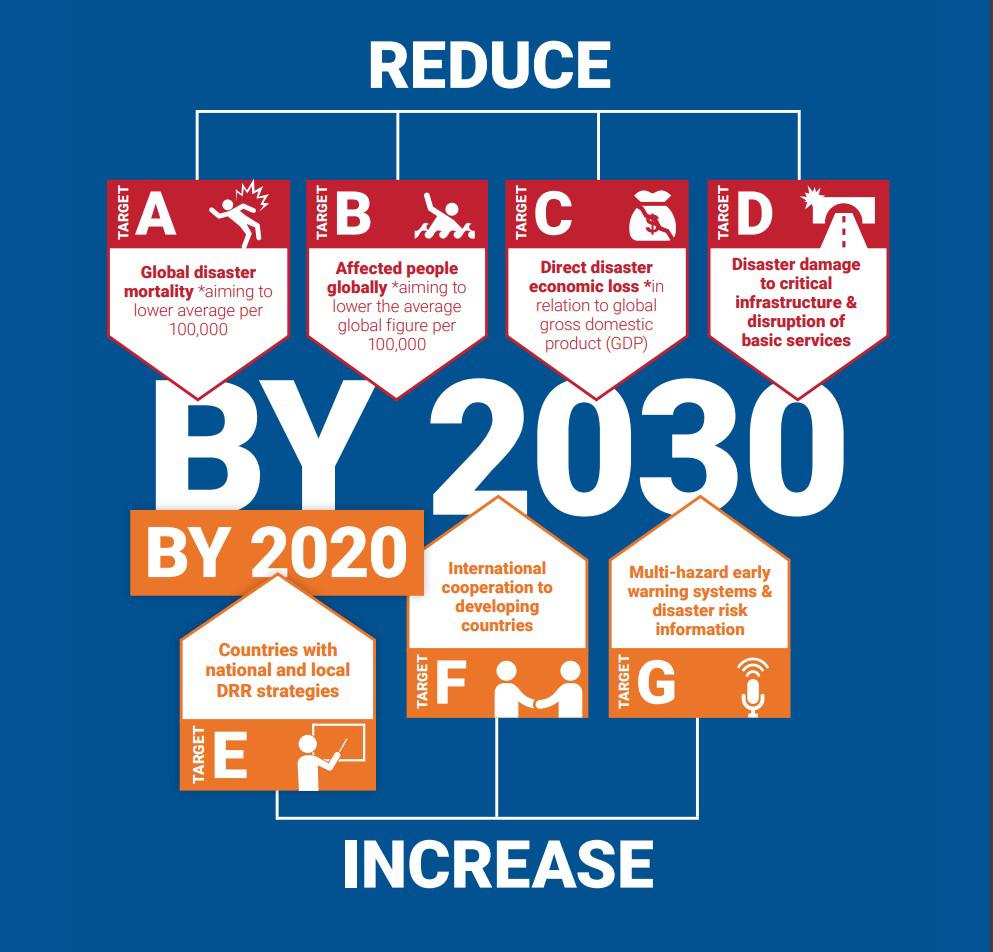
Integrating Disaster Risk Reduction and Climate Change Adaptation
The climate change adaptation and DRR communities, once distinct, are now more integrated than ever, following the formal reconition of their linkages at Rio+20 and given the increasingly severe impacts of climate change-related disasters. As DRR and climate change adaptation both involve reducing vulnerability and enhancing resilience, their integration helps avoid duplication of efforts.
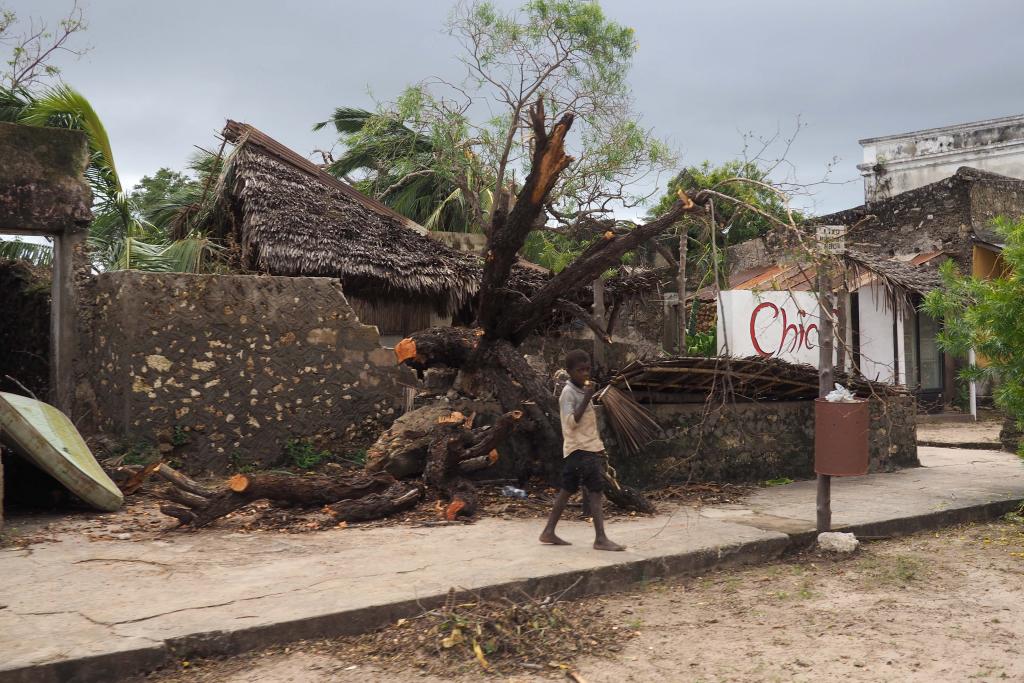
The Pacific region was the first to formally integrate DRR and climate change adaptation with the Framework for Resilient Development in the Pacific: An Integrated Approach to Address Climate Change and Disaster Risk Management (FRDP). Battered by the devastating impacts of hurricanes and sea level rise, Pacific islands are among the most affected by climate change and related events—and, thus, among the most committed to act. Endorsed in 2016 by the Pacific Islands Leaders Forum, the FRDP identifies three interrelated goals that must be actively pursued by all stakeholders, working in partnership, to enhance resilience to disasters and climate change in the context of sustainable development and efforts to eradicate poverty. These goals are:
- strengthening the integration of adaptation and risk reduction to enhance resilience to climate change and disasters;
- increasing low-carbon development; and
- strengthening disaster preparedness, response, and recovery.
Other mechanisms to better integrate adaptation and DRR include the Global Facility for Disaster Reduction and Recovery (GFDRR), a partnership administered by the World Bank, which helps developing countries better understand and reduce their vulnerability to natural hazards and climate change. For example, the GFDRR helped Bangladesh develop an urban resilience project, which not only provided key government agencies with state-of-the-art emergency management systems and equipment, but also improved building construction planning, design, permitting, and oversight systems in cities vulnerable to cyclones, floods, earthquakes, and the impacts of climate change. In Niger, community members were trained in DRR to enhance the inclusion of climate change adaptation and disaster risk management in 10 municipal development plans. More than 4,100 households benefited from guidance for predicting the impact of drought on crops. These activities are both practical and community driven as they help people deal with climate variability.
Disasters, many of which are exacerbated by climate change and are increasing in frequency and intensity, significantly impede progress towards sustainable development.
In 2021, the World Meteorological Organization (WMO) and UNDRR announced the creation of a Centre of Excellence for Climate and Disaster Resilience, an information hub on climate change and extreme weather and how to manage and mitigate related risks. The Centre is expected to pay particular attention to the needs of least developed countries, small island developing states, and land-locked developing countries, many of which lack access to multi-hazard early warning systems and the means to implement national DRR strategies.
Wetlands: Nature’s Safeguard Against Water Disasters
Water-related disasters have intensified due to climate change. For example, the UN World Water Development Report 2020 estimates that “74% of all natural disasters between 2001 and 2018 were water-related.” Furthermore, during this period the total number of deaths caused only by floods and droughts exceeded 166,000, affected over three billion people, and caused almost USD 700 billion in economic damage.
Healthy wetlands can be effective buffers in reducing water-related disaster risks. Defined as land areas flooded with water, either seasonally or permanently, wetlands act as natural sponges, absorbing and storing excess rainfall and reducing flooding. In the dry season, wetlands release stored water and can delay the onset of droughts and reduce water shortages. Wetlands also store carbon, serve as natural water filters, and provide important wildlife habitat.
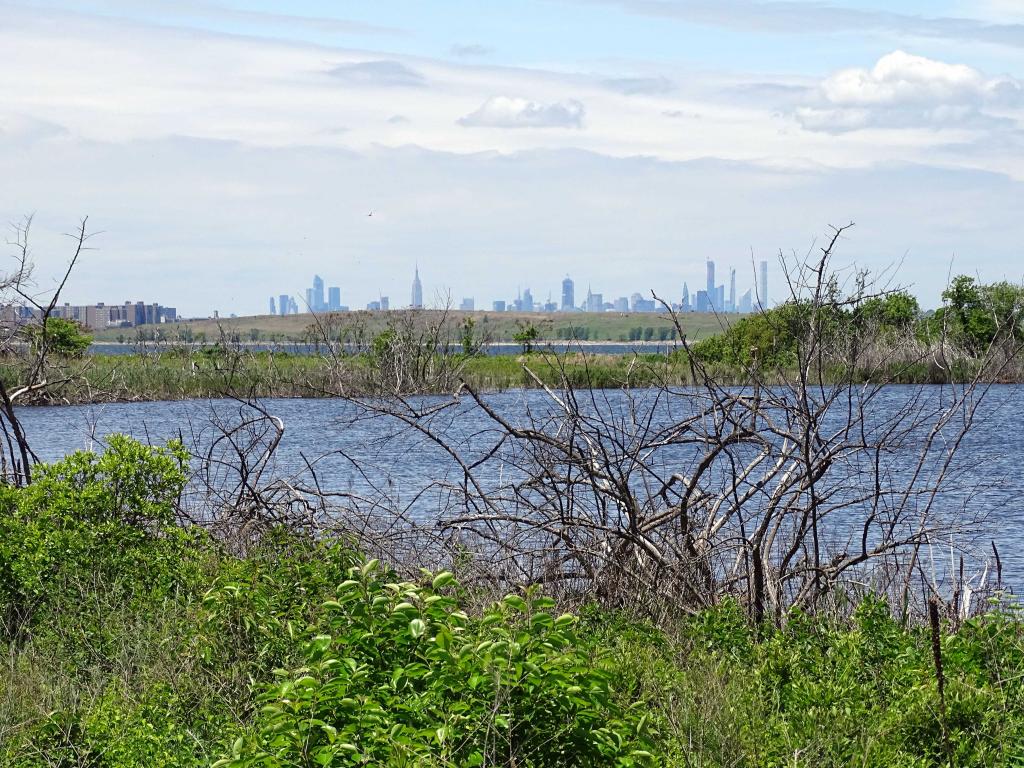
Maintaining healthy wetlands, and restoring degraded ones, should be a part of DRR both on the coast and inland. Designating flood- and storm-prone areas as protected wetlands can strengthen this natural buffer and minimize risk in advance of a disaster. For instance, wetlands along the East Coast of the United States helped avoid more than USD 625 million in damages from Hurricane Sandy in 2012 (Ramsar Convention, 2017). In Hikkaduwa, Sri Lanka, for example, where offshore coral reefs are protected, damage from the 2004 Indian Ocean tsunami extended just 50 metres inland. In nearby Peraliya, in contrast, where coral mining had degraded the reefs, the damage extended 1.5 km inland (Ramsar Convention, 2017).
Thus, investing in both human-built infrastructure and nature’s own infrastructure is essential for reducing disaster risk.
“The Extraordinary Is No Longer Extraordinary”
In an interview with The Guardian at the end of 2021, Daniel Swain, a climate scientist at the University of California, Los Angeles, stated “The extraordinary and unprecedented is no longer extraordinary or unprecedented because it’s starting to happen so often.” From earthquakes in Haiti, to historic flooding in Germany and Timor Leste, to wildfires across the United States and Canada, volcano eruptions in Indonesia, flash flooding in India, Nepal, and China, and typhoons and hurricanes, 2021 was a year for the record books.
To withstand this “new normal,” new infrastructure must be conceptualized, designed, and built. Rather than just “building back better,” doing better from the outset must be prioritized. Successful DRR requires a robust governance process to build long-term resilience to multiple hazards, an inclusive “whole-of-society” approach, and “a culture of prevention and safety.” This means reducing existing risks, avoiding the creation of new risks, and making risk-informed investments.
In addition, successful DRR results from a combination of top-down, institutional changes and strategies and bottom-up, local, and community-based approaches. For example, following cyclones in Mozambique and Zimbabwe, and in anticipation of another storm, the Mozambique Red Cross provided advance warning, as well as training and the distribution of kits, to communities to reinforce homes and schools. In Zimbabwe, authorities used WhatsApp (which accounts for 50% of mobile activity in some places) to communicate hourly updates in local languages. They urged residents to take free buses to shelters instead of moving higher up where mudslides can occur (Mwareya & Bhobo, 2021).
The climate of the 20th Century—which society’s infrastructure was designed for—no longer exists.
Each year brings more intense and frequent extreme events. While hazards are inevitable and eliminating all risk is impossible, the extent and/or severity of the disasters they cause can be managed and reduced. Regulation and enforcement are needed to prevent or reduce actual damage from hazards. Awareness, education, preparedness, and prediction and warning systems can reduce impacts on communities. Only then can the challenge of reducing disaster risk be realized in the future.
Works Consulted
Beam, C. (2010). Haiti earthquake FAQ. Slate. slate.com/news-and-politics/2010/01/haiti-earthquake-faq.html
Chmutina, K., Von Meding, J., Gaillard, J.C., & Bosher, L. (2017). Why natural disasters aren’t all that natural. Open Democracy. opendemocracy.net/en/why-natural-disasters-arent-all-that-natural/
Extreme Events Institute. (2010). Haiti vs. Chile. eei.fiu.edu/case_study/haiti-vs-chile/
Feffer, J. (2010). Haiti vs. Chile: The Earthquake Olympics. Huffington Post. huffpost.com/entry/haiti-vs-chile-the-earthq_b_518639
Gero, A., Méheux, K., & Dominey-Howes, D. (2010). Disaster risk reduction and climate change adaptation in the Pacific: The challenge of integration. ATRCNHRL Miscellaneous Report 4. gsdrc.org/document-library/disaster-risk-reduction-and-climate-change-adaptation-in-the-pacific-the-challenge-of-integration/
Hallwright, J., & Handmer, J. (2021). Progressing the integration of climate change adaptation and disaster risk management in Vanuatu and beyond. Climate Risk Management, 31. doi.org/10.1016/j.crm.2020.100269
Hay, J. (2012). Disaster risk reduction and climate change adaptation in the Pacific. UNISDR Asia and Pacific. undp.org/sites/g/files/zskgke326/files/publications/DRR&CCAinthePacific.pdf
McGrath, M. (2021). Climate change: Huge toll of extreme weather disasters in 2021. BBC. bbc.com/news/science-environment-59761839
Mwareya, R., & Bhobo, N. (2021). With free buses and WhatsApp, southern Africa steps up storm preparedness. Reuters. reuters.com/article/us-africa-disaster-risks-weather-trfn/with-free-buses-and-whatsapp-southern-africa-steps-up-storm-preparedness-idUSKBN29O0JV
News 18. (2021). International Day for Disaster Risk Reduction: History, theme and significance. news18.com/news/lifestyle/international-day-for-disaster-risk-reduction-theme-history-and-significance-4317065.html
Ogra, A., Donovan, A., Adamson, G., Viswanathan, K.R., & Budimir, M. (2021). Exploring the gap between policy and action in Disaster Risk Reduction: A case study from India. International Journal of Disaster Risk Reduction, 63. doi.org/10.1016/j.ijdrr.2021.102428
O’Keefe, P., Westgate, K., & Wisner, B. (1976). Taking the naturalness out of natural disasters. Nature. 260, 566–567. doi.org/10.1038/260566a0
Rajabi, E., Bazyar, J., Delshad, V., & Khankeh, H. (2021). The evolution of disaster risk management: Historical approach. Disaster Medicine and Public Health Preparedness, 1-5. doi.org/10.1017/dmp.2021.194
Ramsar Convention. (2017). Wetlands: A natural safeguard against disasters. ramsar.org/sites/default/files/documents/library/wwd2017_handout1_e.pdf
Roder, G. (2020). To be or not to be a ‘natural’: That is the question. Natural Hazards Division. European Geosciences Union Blog. blogs.egu.eu/divisions/nh/2020/08/17/natural-disasters-may-not-be-natural-anymore-the-language-dilemma/
Rose, C., Debling, F., Safaie, S., & Houdijk, R. (2020). Words into action: Developing national disaster risk reduction strategies. United Nations Office for Disaster Risk Reduction. undrr.org/publication/words-action-guidelines-developing-national-disaster-risk-reduction-strategies
Schemper, L. (2019). Science diplomacy and the making of the United Nations International Decade for Natural Disaster Reduction, Diplomatica, 1(2), 243-267. doi.org/10.1163/25891774-00102006
Singh, M. (2021). ‘Extraordinary is no longer extraordinary’: US scientists on a year of climate disasters. The Guardian. theguardian.com/us-news/2021/dec/30/climate-crisis-emergency-climate-disaster
The Week. (2010). Quake comparison: Chile vs. Haiti. theweek.com/articles/496367/quake-comparison-chile-vs-haiti
United Nations Office for Disaster Risk Reduction. (2015). Global assessment report on disaster risk reduction 2015. undrr.org/publication/global-assessment-report-disaster-risk-reduction-2015
United Nations Office for Disaster Risk Reduction. (2020). Status report on target E implementation. undrr.org/publication/status-report-target-e-implementation-2020
United Nations Office for Disaster Risk Reduction. (n.d.). Disaster risk reduction & disaster risk management. preventionweb.net/understanding-disaster-risk/key-concepts/disaster-risk-reduction-disaster-risk-management
World Bank. (n.d.). Stories of impact - A series highlighting achievements in disaster risk management initiatives. worldbank.org/en/topic/disasterriskmanagement/publication/stories-impact-disaster-risk-management-initiatives
World Meteorological Organization. (2021). WMO atlas of mortality and economic losses from weather, climate and water extremes. library.wmo.int/doc_num.php?explnum_id=10989
World Resources Institute. (2020). New data shows millions of people, trillions in property at risk from flooding — But infrastructure investments now can significantly lower flood risk. Press Release. wri.org/news/release-new-data-shows-millions-people-trillions-property-risk-flooding-infrastructure
Additional downloads
You might also be interested in
What Is the NAP Assessment at COP 29, and Why Does It Matter?
At the 29th UN Climate Change Conference (COP 29) in Baku, countries will assess their progress in formulating and implementing their National Adaptation Plans. IISD’s adaptation experts Orville Grey and Jeffrey Qi explain what that means, and what’s at stake.
IISD Annual Report 2023–2024
While IISD's reputation as a convenor, a trusted thought leader, and a go-to source on key issues within the sustainable development field is stronger than ever, the work happening outside the spotlight is just as valuable.
How to Make Nature-Based Solutions for Adaptation Work for Everyone
Effective nature-based solutions (NbS) for adaptation start with integrated climate risk assessments. These take-aways will help practitioners plan for inclusive and sustainable NbS.
Inclusive Nature-Based Solutions for Climate Adaptation
Discover how climate change and biodiversity loss impact people differently and how inclusive nature-based solutions for adaptation can help.
